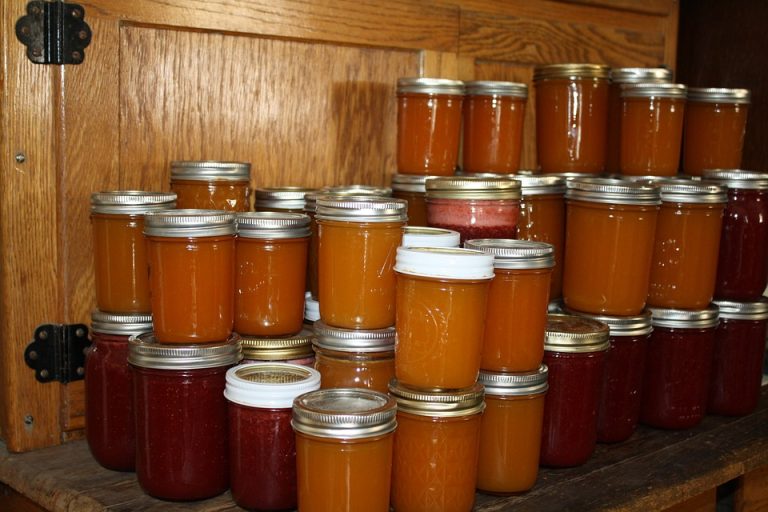Emergency preparedness often brings to mind stockpiling food, water, and essential supplies. While these items are crucial, there’s another aspect of preparedness that’s equally valuable and sustainable: gardening. Incorporating gardening into your emergency preparedness plan not only provides a source of fresh food but also enhances self-sufficiency and resilience. In this article, we’ll explore the benefits of gardening as part of your preparedness strategy and provide tips on getting started.
Self-Sufficiency and Resilience

In times of crisis, access to fresh, homegrown produce can be a game-changer. A well-tended garden can supplement your food stores and reduce your reliance on external sources. Whether it’s a natural disaster, economic instability, or supply chain disruptions, having the ability to grow your food empowers you to weather the storm more effectively.
Food Security
Gardening offers a continuous and sustainable source of nourishment. By growing a variety of fruits, vegetables, and herbs, you can ensure a diverse diet, reducing the monotony of relying solely on canned or packaged foods. This diversity can also help maintain your overall health during stressful times.
Cost Savings
Establishing a home garden can lead to significant cost savings over time. By producing your food, you can reduce your grocery bills and limit the impact of food price fluctuations. Additionally, homegrown produce tends to be fresher and healthier, reducing the need for expensive healthcare costs in the long run. Be sure to preserve your bounty for long term storage.
Education and Skill Development
Gardening is a skill that requires knowledge, practice, and patience. By incorporating gardening into your preparedness plan, you gain valuable skills that can be applied in various situations. Learning to nurture plants, save seeds, and troubleshoot garden issues will make you more self-reliant and adaptable.
Community Building
Gardening can also foster a sense of community and collaboration. In times of crisis, sharing excess produce with neighbors can strengthen community bonds and create a support network for challenging times. Community gardens or cooperative gardening efforts can be particularly beneficial in this regard.
Getting Started with Emergency Gardening
- Assess Your Space: Evaluate the available space in your home, whether it’s a backyard, balcony, or even windowsill. Choose an area that receives adequate sunlight and has access to water.
- Select Suitable Crops: Choose plants that are well-suited to your region and climate. Opt for crops that are easy to grow and have a relatively short growing season.
- Invest in Quality Tools: Acquire essential gardening tools such as a shovel, rake, hoe, watering can, and a set of gardening gloves. Quality tools can make the gardening process more efficient and enjoyable.
- Prepare the Soil: Ensure your soil is fertile and well-draining. Consider composting to enrich the soil with organic matter, which promotes healthy plant growth.
- Learn and Experiment: Gardening is a learning process. Experiment with different crops, techniques, and gardening methods to find what works best for your space and climate.
- Save Seeds: Once you’ve established your garden, learn how to save seeds from your plants. This skill can help you maintain a sustainable food source in the long term.
- Preserve your Harvest: Learn how to preserve your homegrown produce for long term storage.
Incorporating gardening into your emergency preparedness plan is a smart and sustainable way to enhance your self-sufficiency, food security, and resilience. By growing your food, you can reduce costs, develop valuable skills, and contribute to community resilience. Whether you’re a seasoned gardener or a beginner, there’s no better time to start than now. Gardening not only connects you with nature but also ensures that you’re better equipped to face whatever challenges the future may hold.



